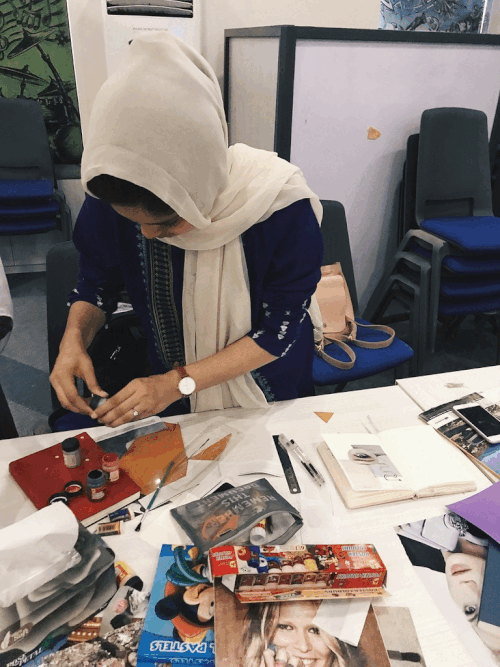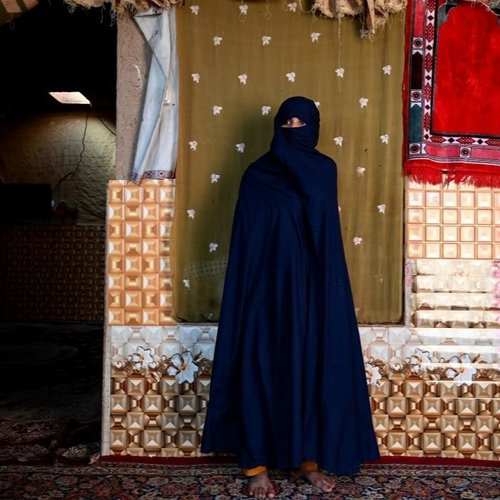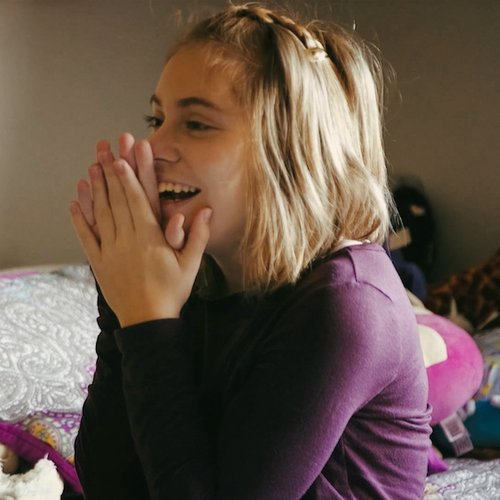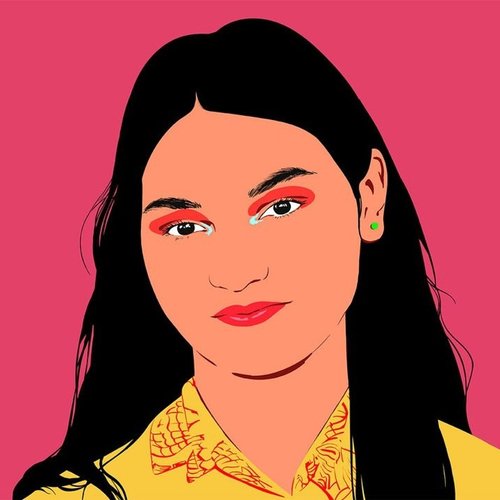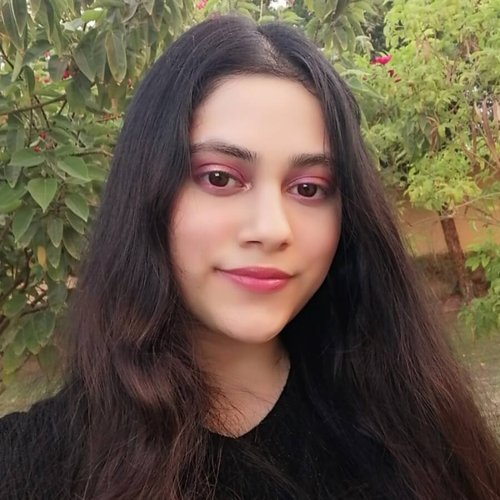For International Day for the Elimination of Violence Against Women and the beginning of 16 Days of Activism against gender-based violence (GBV), three students Chiara, Sara and Saundarya explore the intersectional relationship between global femicide, education, rights, their safety and their calls for government action to ensure all girls and young women can thrive.
Can you point to the moment you knew you were an activist? 25-year-old Laurine can. Advocating for students' needs in university sparked her commitment to creating inclusive spaces that reflect student needs and inspired her to join the Girls ‘ Vision steering committee, helping girls around the world map out their dreams for their education. Laurine shares why she joined Girls’ Vision for Education, her takeaways, and why the voices of young women should be the driving force behind education policy.
16-year-old Manal writes about taking matters into her own hands when she opened a library in a small town in Pakistan — with the help of a local bookstore owner: the Faimah Asif Library.
13-year-old Nayab reflects on how being a mentor for younger children in the Seekho Sikhao Saathi programme from Cities for Children — an organisation supported by Malala Fund — helped her realise she wanted to be a child welfare lawyer.
Joan writes about the how the loss of her childhood best friend to an early marriage prompted her to start an organisation that protects Ugandan girls and ensure they are able to pursue and education and achieve their dreams.
23-year-old climate activist Alexia Leclercq reflects on finding community and purpose within the youth climate movement through a love letter.
25-year-old Pakistani artist Areeba Siddique shares her art inspirations and advice for other young women artists.
What young Afghan women want you to know about their lives and their fight to continue their studies.
16-वर्ष उमेर पुगेकी नेपाली विद्यार्थी Aadhya Shreshta ले विद्यालयका खेलकूदहरूमा केटा र केटीहरूबीच हुने असमान व्यवहारबारे अन्वेषण गर्नुहुन्छ।
پاکستانی طالبہ آمنہ قدوس بتاتی ہیں کہ وہ اس مسئلے کو ہمیشہ کے لیے حل کرنے کے مشن پر کیوں ہیں۔
Mahina, Malala Fund’s digital associate, shares a photo essay from the Fridays For Future climate strike in Stockholm.
18-year-old student Farah Mkaouar writes about the frustrating plight of Tunisian women in the 21st century.
18-year-old Faith Guilbault is the star of “Faith’s World,” which details her life with cerebral palsy.
كتبت روكا سعيد موسى، طالبة ولاعبة كرة قدم مصرية تبلغ من العمر 20 عاماً، "نحن لا نحصل على شيكات بمبالغ كبيرة أو على ملايين الدولارات وليس لدينا أندية تشتري
”. لاعبات وتبيعهنّ
The inventor writes at the invitation of Malala Yousafzai
We rounded up Assembly contributors’ best tips for navigating your professional life.
Young women in India, New Zealand and Nigeria share how financial education — or lack of it — has affected their lives.
Aïssatou Lamarana Diallo, 13 ans, capture sa maison dans la campagne guinéenne.
Why higher education is often unattainable for low-income and first-generation students in the U.S.
Girls and women face a range of restrictions on both our bodily autonomy and our expression of rage.







